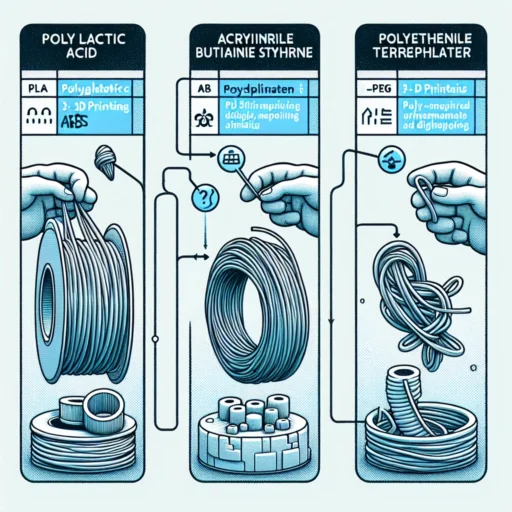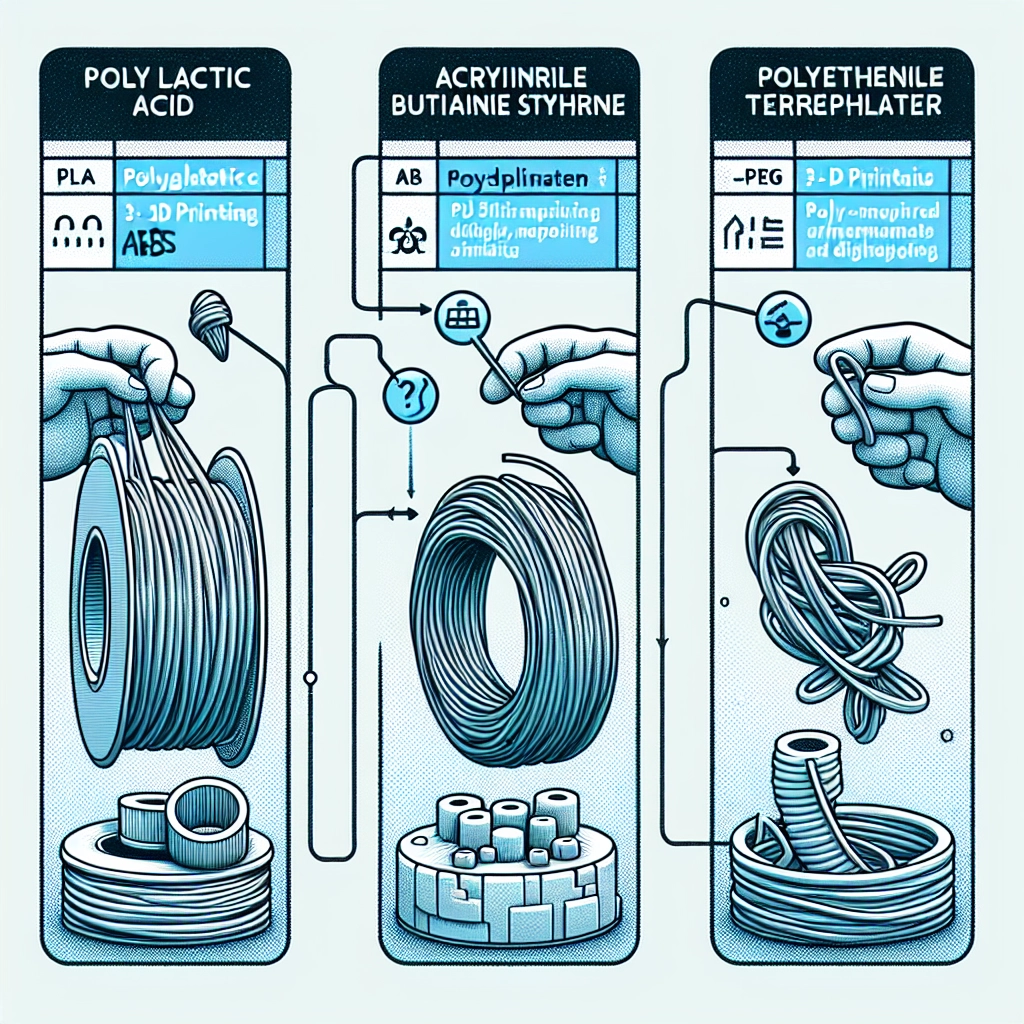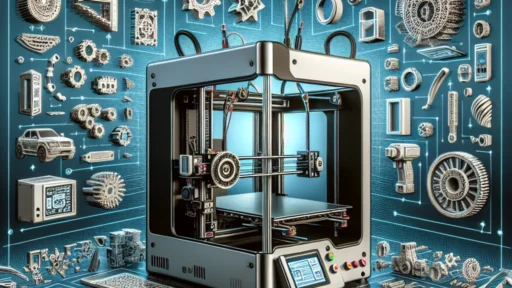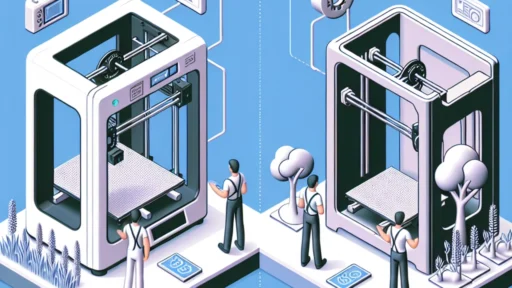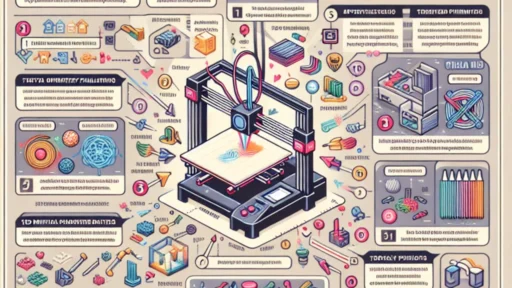Filament Comparison: PLA vs. ABS vs. PETG
When it comes to 3D printing, the type of filament you choose can be almost as important as the printer itself. Among the myriad options available, three of the most popular materials are PLA, ABS, and PETG. Each has its unique properties, strengths, and weaknesses that make them suitable for different types of projects. Whether you’re a seasoned printer or just starting out, understanding these differences can help you make more informed choices.
PLA (Polylactic Acid)
Let’s start with PLA, often considered the go-to filament for beginners. One of its most appealing qualities is that it’s derived from renewable resources, like cornstarch or sugarcane. That makes it a favorite for those interested in eco-friendly materials!
Pros:
- Ease of Use: PLA is great for many first-time 3D printers due to its straightforward printing process. It adheres well to the print bed and usually requires very little calibration.
- Low Warping: Unlike some other filaments, PLA doesn’t warp much when cooling, allowing it to produce intricate designs with ease.
- Vibrant Colors: PLA is available in a vast array of colors and finishes, including metallic and glow-in-the-dark options, making it fantastic for artistic projects.
- Biodegradable: As a plant-based material, it’s a more environmentally friendly choice compared to petroleum-derived filaments.
Cons:
- Heat Sensitivity: One significant downside is that PLA can deform at high temperatures—sometimes as low as 60°C—so it’s not suitable for high-temperature applications.
- Brittleness: It can be fragile; stress or impact can snap PLA prints, which isn’t ideal for functional parts.
ABS (Acrylonitrile Butadiene Styrene)
Next up is ABS, the material that gives LEGO bricks their durability! ABS brings a whole different set of features to the table.
Pros:
- Durability: ABS is known for its toughness and impact resistance. It’s a great choice for functional parts that need to withstand wear and tear.
- Heat Resistance: It can handle higher temperatures compared to PLA, making it suitable for items exposed to heat.
- Post-Processing: ABS can be easily sanded and smoothed, and it reacts well to acetone vapor treatment, which can create a shiny finish if desirable.
Cons:
- Stringing and Warping: ABS typically requires a heated bed and good ventilation, as it can warp during cooling and emit fumes that some find pungent.
- Complex Printing: It can be trickier to print with compared to PLA, often requiring more fine-tuning and experience.
PETG (Polyethylene Terephthalate Glycol)
Finally, let’s examine PETG, which sits somewhere in the middle of PLA and ABS in terms of properties and ease of use.
Pros:
- Strength and Flexibility: PETG combines the advantages of both PLA and ABS, offering high durability along with some flexibility. This makes it ideal for parts that may experience stress.
- Less Warping: Unlike ABS, PETG is less prone to warping, which can make the printing process smoother.
- Food Safe: Depending on the brand, some PETG filaments are food-safe, making them useful for projects involving meal prep or food storage.
- Low Odor: PETG typically emits very little smell during printing, making it a more pleasant option for indoor use.
Cons:
- Adhesion Issues: While it sticks well to the bed, PETG can sometimes bond too well, making it difficult to remove prints without damage.
- Stringing: Like PLA, PETG can exhibit some stringing, especially if the print settings aren’t dialed in correctly.
So, Which One Should You Choose?
Choosing between PLA, ABS, and PETG ultimately depends on your specific needs and the type of project you’re undertaking. If you’re just starting, PLA is a fantastic option for simple prints and artistic projects. However, if your goal is to create functional, durable items that need to withstand wear or work in higher temperatures, ABS could be your best bet. For those looking for a balance of strength and ease of use with a bit of flexibility, PETG is a wonderful middle ground.
As you become more experienced in your 3D printing journey, you’ll likely want to experiment with all three, and maybe even venture into some of the more exotic filaments available out there. Each material has its quirks and benefits that can inspire creative solutions and improve your skills along the way. Happy printing!


